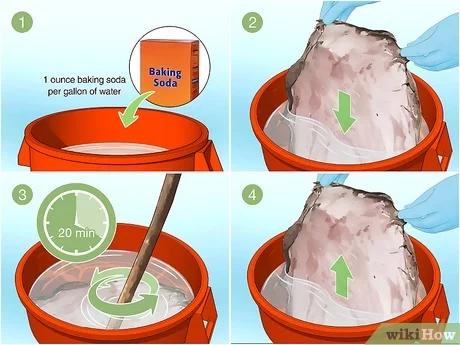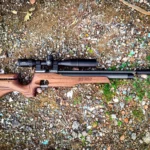Sandhill crane hunting is more popular than ever, with hunters drawn to the challenge and reward of “The Rib Eye of the Sky.” In North America, there are six subspecies of sandhill cranes. Three are non-migratory, staying in one area year-round. The other three are migratory and travel from Northern Canada to Mexico. Seventeen U.S. states are sandhill crane hunting states. Still, federal regulations set the stage for anyone who wants to pursue them. There are some requirements and a critical program with which to register. After that, it’s up to you to decide where you want to go hunting.
Table of Contents
Federal Laws for Sandhill Crane Hunting
Sandhill crane hunting is subject to most federal waterfowl regulations. These rules include using shotguns to take with a maximum capacity of three shells and only using a nontoxic shot. The federal government also prohibits using live decoys, hunting from vehicles, or using bait to draw in sandhill cranes.
All sandhill crane hunters must register in the Harvest Information Program (HIP) for migratory game birds. You can do this through the state’s wildlife department you plan to hunt in. Although it is a federal program, some states require you to register with them.
Suppose you have been duck or goose hunting before. In that case, you know about the Federal Migratory Bird Hunting and Conservation Stamp, commonly referred to as the Federal Duck Stamp. Some state regulations do not require the Duck Stamp for sandhill cranes.
In contrast, others explicitly say it is necessary. Defer to the state wildlife department you plan to hunt in to make sure. Now that the countrywide rules have been made clear, it’s time to list the states that allow sandhill crane hunting within their borders.
Alabama
If you’re looking for sandhill cranes in Alabama, you better go north into the Tennessee River Valley or the Weiss Reservoir on the Coosa River. Alabama offers sandhill crane hunting for Alabama residents in the northern part of the state through an annual draw. The season bag limit is three.
Licenses Required:
- Alabama hunting license
- Annual State Duck Stamp or Lifetime Duck Stamp
- Alabama Sandhill Crane permit
- Sandhill Crane Identification certification
Alaska
Most sandhill cranes in Alaska migrate through the Copper River Delta or the Tanana Valley near Delta Junction-Georgia Lake. As many as 50,000 cranes fly through this Alaskan funnel daily, many from Siberia. Sandhill cranes are subject to fall/winter hunting season dates based on the specific Alaskan Unit you are hunting in. All units have a daily bag limit of two.
Licenses Required:
- Alaskan hunting license
Arizona
Sandhill cranes go way back in Arizonan history. People still find ancient petroglyphs of these birds etched into stones along the Gila River. Arizona offers sandhill crane hunting in select areas through an annual draw. The Grand Canyon State issued a total of 580 tags for the 2021-22 season, with a season bag limit of three.
Licenses Required:
- Arizona Migratory Bird Stamp
- Arizona Sandhill Crane permit
Colorado
Colorado offers an open sandhill crane hunting season. Sandhills are the only species of crane found in the Rocky Mountain State. Before the first hunting trip of the season, hunters must call 1-877-COLOHIP or register at ColoHIP.com and obtain permit numbers. All areas east of the Continental Divide except North Park and the San Luis Valley are available for sandhill crane hunting from Oct. 1 – Nov. 27, 2022, with a daily bag limit of three.
Licenses Required:
- Colorado Small Game license
- Colorado Sandhill Crane permit
Idaho
Idaho’s vast plains and valleys are a significant stop along the sandhill crane migratory route. The state holds sandhill crane hunting seasons in the eastern part through an annual draw. In 2021, the state of Idaho issued 610 sandhill crane tags with seasons running throughout September. The daily and season limit is two cranes.
Licenses Required:
- Idaho hunting license
- Idaho Sandhill Crane tag
Kansas
Sandhill crane hunting is available in the central and western Kansas zones during the fall and winter months. The daily bag limit for sandhill cranes in Kansas is three. The Kansas crane hunting season dates have the same start and duration from year to year.
The Western Zone Season begins on the third Saturday in October and continues for 58 days, including the opening day. The Central Zone Season will commence on the Wednesday after the first Saturday in November and shall continue for 58 days, including the opening day.
Licenses Required:
- Kansas Sandhill Crane permit
Kentucky
There is an annual draw for Kentucky sandhill crane permits, with applications opening and closing in September. The season runs through December and January with a daily bag limit of two.
Licenses Required:
- Kentucky hunting license
- Kentucky Sandhill Crane permit
Minnesota
Sandhill cranes used to thrive in the Great Lakes region until humans settled down there. There are two separate populations in Minnesota today. Minnesota offers an open sandhill crane hunting season in the northwest portion of the state. The sandhill crane season runs from Sept. 18 – Oct. 24, with a daily bag limit of two.
Licenses Required:
- Minnesota small game license
- Minnesota Sandhill Crane permit
Montana
Montana has sandhill crane hunting in select areas through permits issued in an annual draw. The Montana season runs from Sept. 1 – Oct. 30, with a bag limit of either one or two depending on the specific area the permit is issued for.
Licenses Required:
- MT Migratory License
- Conservation License
- Base Hunting License
New Mexico
New Mexico offers Free Regular Season Eastern Sandhill Crane permits and a Draw-Season Sandhill Crane permit. In 2021, New Mexico issued 540 Draw-Season sandhill crane permits. The daily bag limit is three.
License Requirements:
- Harvest Information Program (HIP) registration
- Game Hunting License or Game Hunting & Fishing License
- Sandhill Crane Permit
North Dakota
North Dakota has an open sandhill crane hunting season beginning in September 2022. The daily bag limit for Unit 1 is three, and the daily bag limit for Unit 2 is two.
Resident License Requirements:
- Harvest Information Program (HIP) registration
- Fishing, Hunting, and Furbearer Certificate
- Small Game License
- General Game and Habitat License or Combination License
- Sandhill Crane Permit
Nonresident License Requirements:
- Fishing, Hunting, and Furbearer Certificate
- General Game and Habitat License
- Valid Nonresident Small Game License or Valid Nonresident Waterfowl License
- Sandhill Crane Permit
Oklahoma

Western Oklahomans know the call of a sandhill crane. The state is a thoroughfare on their migratory pattern. Sandhill crane hunting is available in the state of Oklahoma. Contact your local Oklahoma Department of Wildlife Conservation office for specific season dates and limits.
License Requirements:
- Valid Oklahoma Hunting License
- Federal Sandhill Crane Permit
South Dakota
South Dakota offers an open sandhill crane hunting season from Sept. 24 – Nov. 20, 2022. The daily bag limit is three.
Licenses Required:
- Residents: Combination or Small Game hunting license
- Nonresidents: Nonresident Small Game or Nonresident Waterfowl license.
- South Dakota Migratory Bird Certification.
Tennessee
Tennessee offers sandhill crane hunting in select areas through an annual draw.
Licenses Required:
- Tennessee Sandhill Crane Tag
- Sandhill Crane Identification Test
Texas
192 of 254 Texas counties have sandhill crane seasons from October through January. Texas requires a “Federal Sandhill Crane Hunting Permit,” but this appears to be a state requirement and is only available through the Texas Parks and Wildlife.
Licenses Required:
- Valid Texas Hunting license
- Texas Migratory Game Bird Stamp Endorsement
- Federal Sandhill Crane Hunting Permit
Utah
Utah offers sandhill crane hunting in select areas through an annual draw. If you don’t plan on hunting for grouse or cranes this year, Utah has a yearly preference point application that will improve your chances of winning a draw if you decide to apply the following year.
Licenses Required:
- Utah combination hunting license or Utah small game license
- Utah Sandhill Crane permit
Wyoming
Wyoming offers an open season for lesser sandhill cranes and a permit quota season for greater sandhill cranes. The daily bag limit for the general sandhill crane permit is three, and the season bag limit for the quota sandhill crane permit is one.
Licenses Required:
- Residents: resident game bird or game bird/small game hunting license
- Non Residents: nonresident game bird/small game hunting license
- Hunter Safety Certificate
- Wyoming Conservation Stamp
- Wyoming Sandhill Crane permit
Regulations change annually, so check with the local wildlife department before the season starts to get up-to-date information on rules and permits. Participating in a sandhill crane hunt is both a challenging and rewarding experience, but luckily, there are many options regarding where to do it.
This article was originally published on May 17, 2022.








![Air gun 101: The differences between .177 & .22 – Which jobs they do best ? [Infographic]](https://airgunmaniac.b-cdn.net/wp-content/uploads/2024/11/1773-218x150.jpeg)






























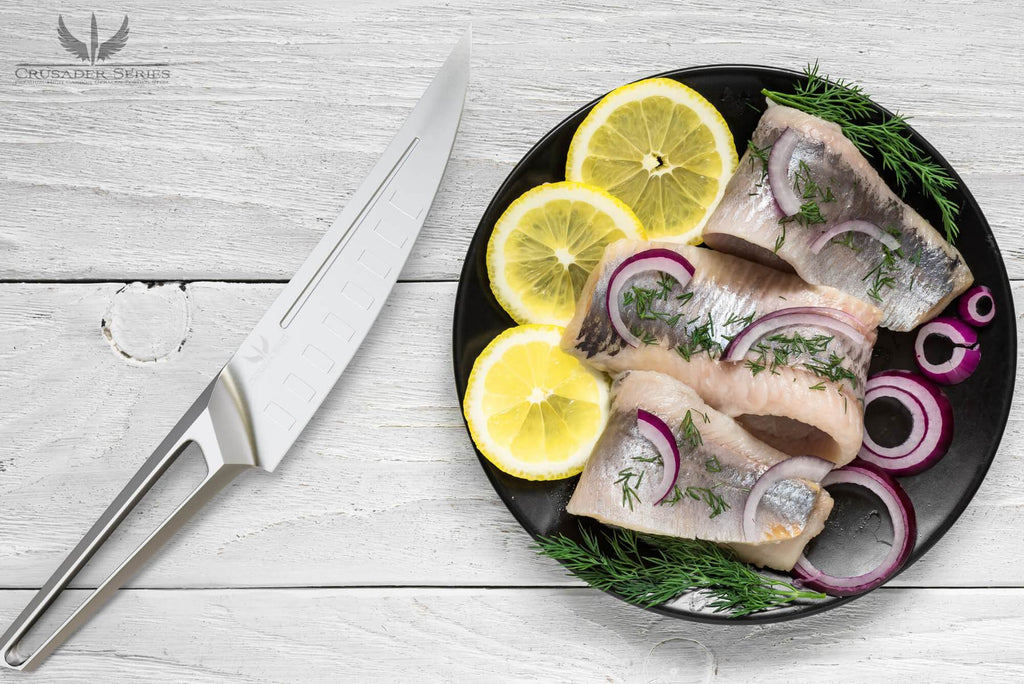
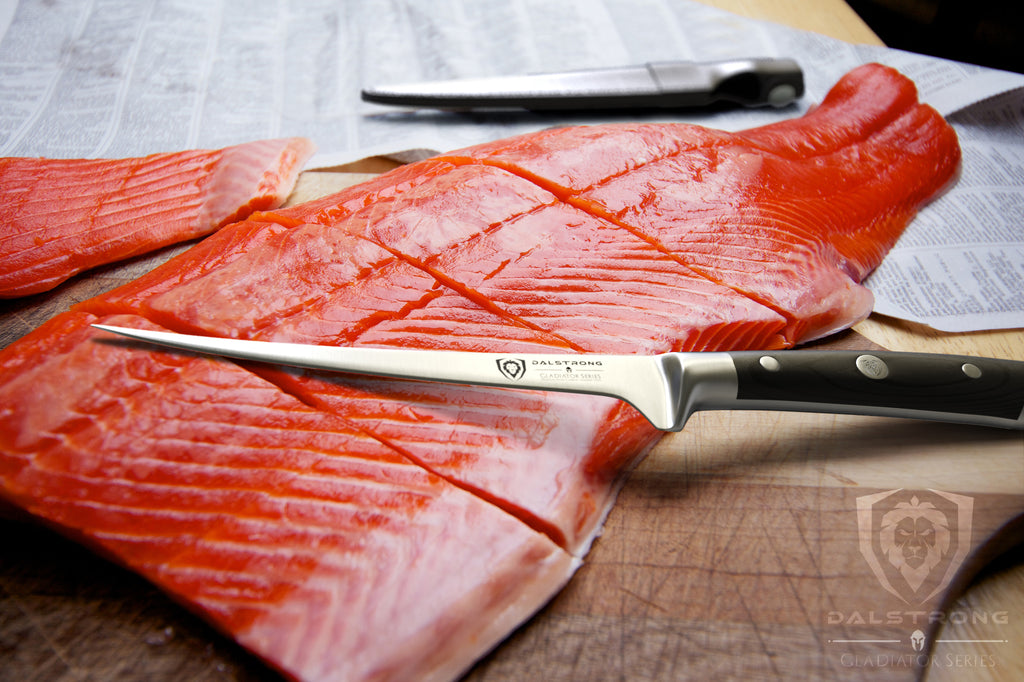
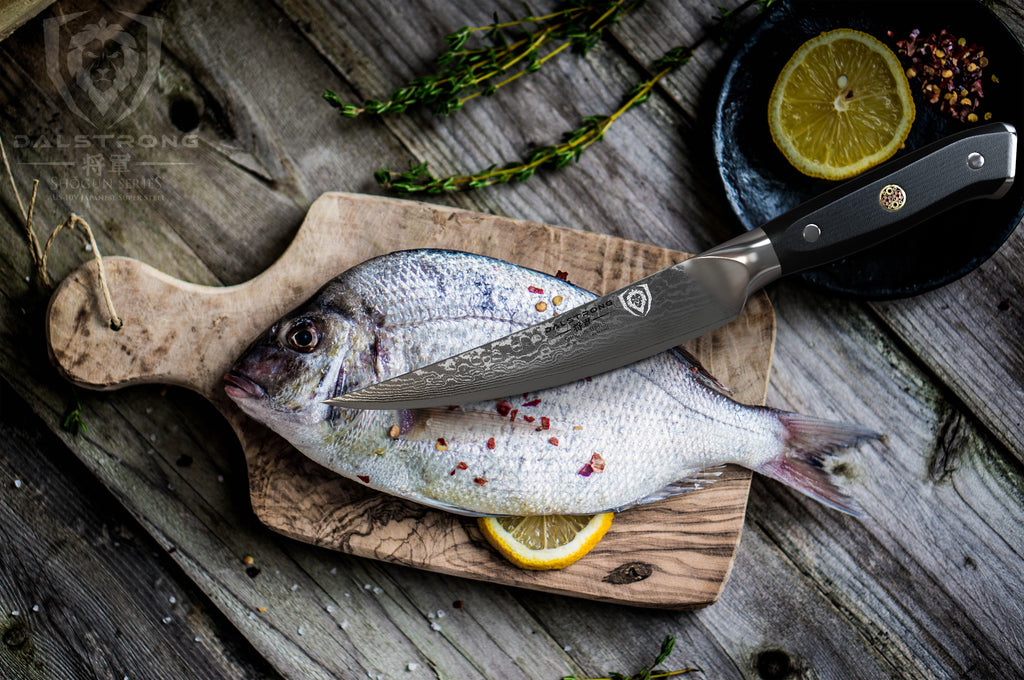

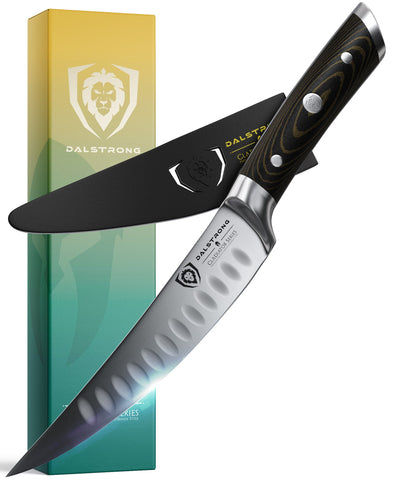
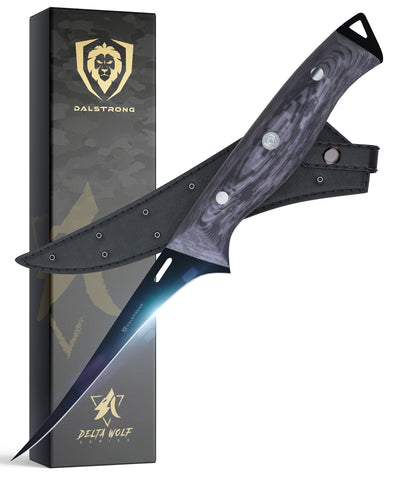
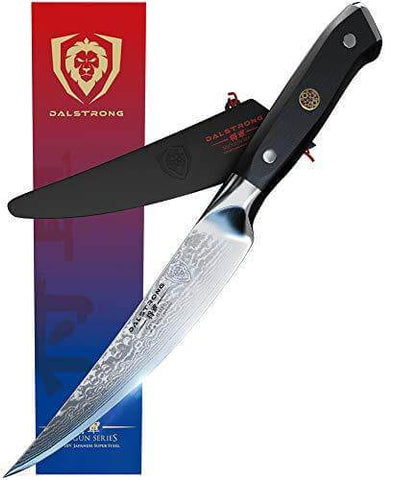

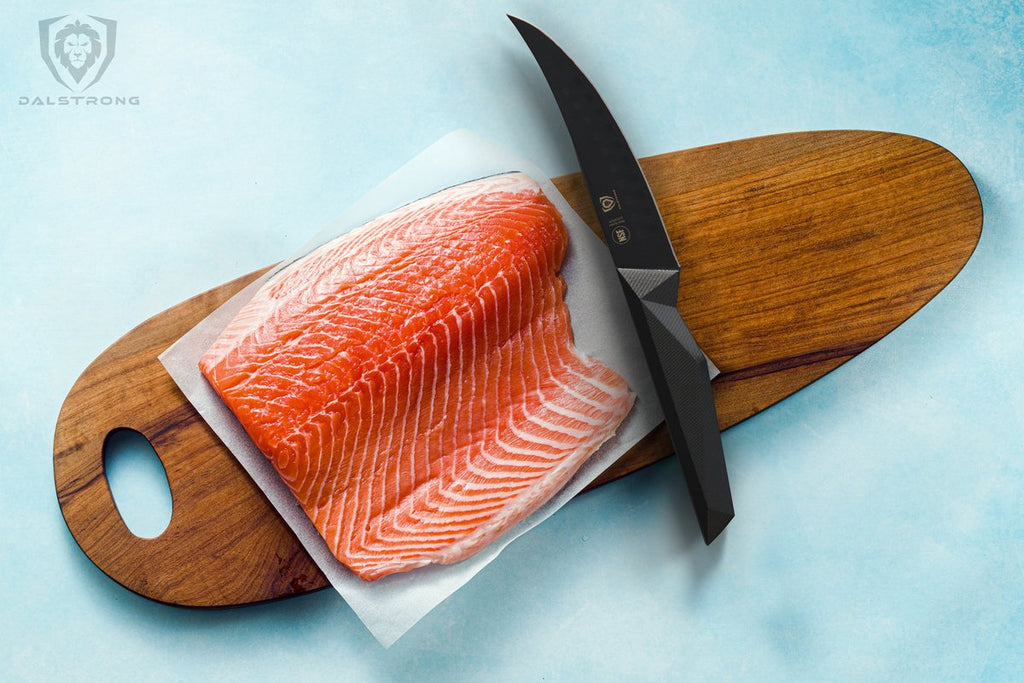 Fillet Knife 6″ | Shadow Black Series
Fillet Knife 6″ | Shadow Black Series 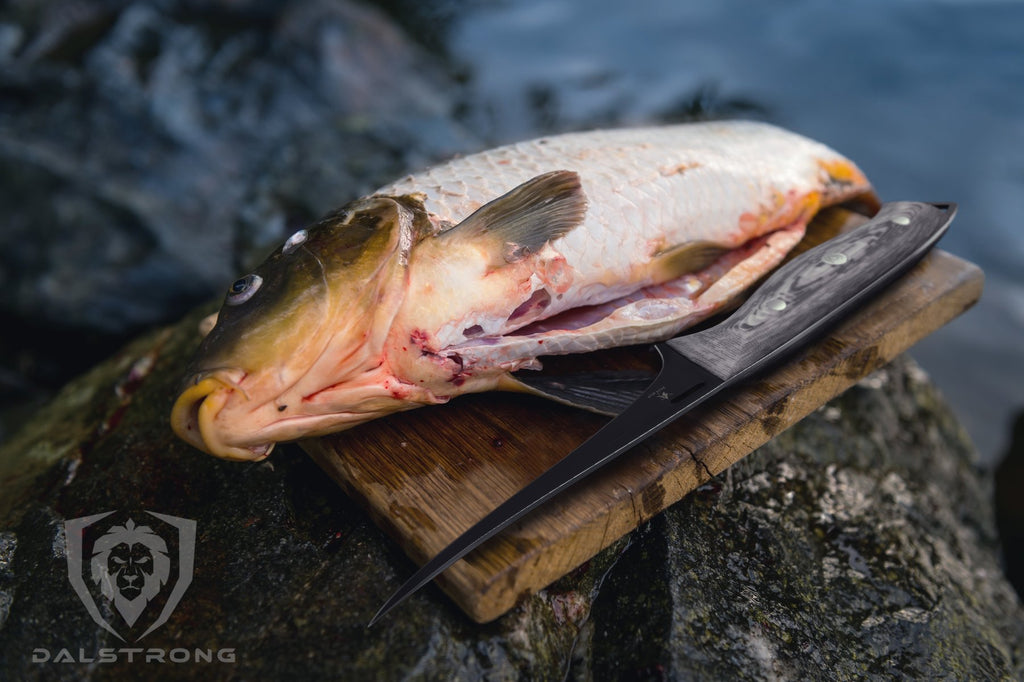








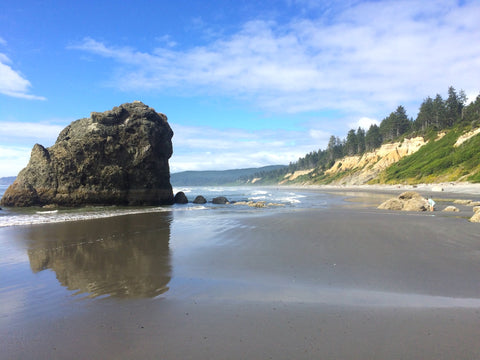







 I tested the binoculars using a USAF 1951 1X target. These targets are often used with a formula to calculate the resolution of an imaging system. I printed these targets out on letter-sized paper and looked at the four rows of lines and numbers. My test was to try to read the numbers in the different systems. They were shown as -2, -1, 1, and 0. I tested them at 50, 100, and 200 yards.
I tested the binoculars using a USAF 1951 1X target. These targets are often used with a formula to calculate the resolution of an imaging system. I printed these targets out on letter-sized paper and looked at the four rows of lines and numbers. My test was to try to read the numbers in the different systems. They were shown as -2, -1, 1, and 0. I tested them at 50, 100, and 200 yards. American optics company Bushnell gained a reputation for providing quality optics at a reasonable price. The company has really revamped its optic line to increase quality.
American optics company Bushnell gained a reputation for providing quality optics at a reasonable price. The company has really revamped its optic line to increase quality. These binoculars have Bushnell’s EXO Barrier to repel water and dirt. They are waterproof to three feet (IPX 7 waterproof) for 30 minutes. The objective lens caps are fastened on the body and eyepiece caps will fasten to the strap. The body has a rubber coating with a non-slip grip.
These binoculars have Bushnell’s EXO Barrier to repel water and dirt. They are waterproof to three feet (IPX 7 waterproof) for 30 minutes. The objective lens caps are fastened on the body and eyepiece caps will fasten to the strap. The body has a rubber coating with a non-slip grip.

 Leupold is the established source for North American optics, with more than a century’s experience in producing quality products.
Leupold is the established source for North American optics, with more than a century’s experience in producing quality products.



